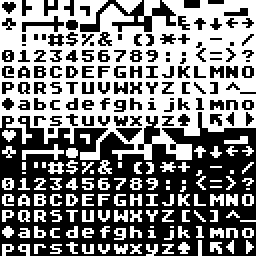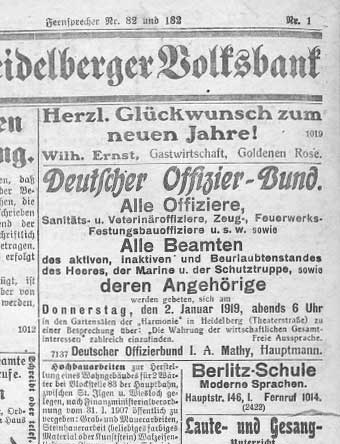Interface typography and sans serifs
It is a fairly easy observation to make: Digital interfaces are predominantly set in sans serif typefaces. Operating systems, mobile apps, way finding screens, they all feature fonts without serifs. Some reasons for this are more obvious than others. Looking at the relationship between digital interfaces and their typography can also offer a deeper insight into how we interact with technology.Rendering fidelity: Heritage from the low-res past

Computer aesthetics
"Bookish", "antiquated", "old", "sophisticated" - those might be terms that come to mind from classical serif typefaces, many of which have heritage dating back hundreds of years. These attributes equally underline what computers *are not*. It is not just for the technical reasons listed above that sans serifs have come to define the typographic voice of the digital medium at large. It is also history perpetuating itself. From one command line interface to the next, and on to graphical user interfaces, sans serifs offered a continuity that made users feel at home. Deviating from the established typographic standard would make any computer system stand out from its predecessors. With users oftentimes anxious about updating to newer systems and software versions to begin with, just imagine the disgruntled outcry a drastic switch in interface typesetting might cause. And it is not just the expectation of continuity. When designing for the computer environment, and interfaces in particular, the typography is required to look tidy and clean. Computers are, by definition, precise machines, and so it is no coincidence that the typography that translate between machine and user reflects this trait. Computers are not lyrical, playful, loud or "well-read", which all are attributes typography could equally express. The reason why it is not called upon to do so, is not a typographic one.Modernism and neutrality
Knowing that we ascribe certain qualities to computers does not entirely illuminate this issue by itself. To an equal degree the history of sans serif typefaces helps to comprehend this seemingly inseparable bond. To begin with we have to acknowledgment that one sans serif is not like the next. In terms of interface typography, the predominant genres of sans serifs that can be found in interface use today are modern grotesks, the likes of Helvetica or Arial, humanist influenced typefaces like Lucida or Verdana, and more recently, and to a lesser extent, geometric typefaces like Futura.
